The 2015 Wildfire Season Set an Ominous Record
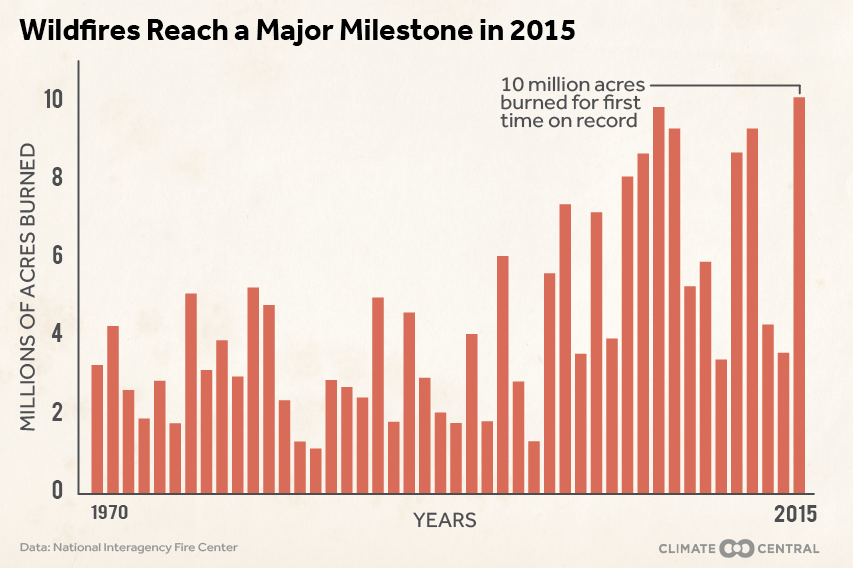
Source: Climate Central
The U.S. as a whole may finally be feeling winter’s chill, but the newly released 2015 wildfire numbers serve as a reminder of how hot and smoky the past year was.
The National Interagency Fire Center’s numbers vividly illustrate how 2015 was a record setter. U.S. wildfires scorched 10.12 million acres.

Annual acreage burned by wildfires in the U.S. since 1970
That bests the previous mark of 9.87 million acres set in 2006, and it's the first time wildfire acreage burned has crossed the 10-million acre threshold. The impacts of climate change mean that the threshold will likely be crossed more often in the coming century as wildfire season lasts longer and sparks more large fires.
In 2015, the three largest fires were all in Alaska. Five of the top 10 were in the Pacific Northwest while the other two were in California. Combined, the 10 largest blazes accounted for nearly a quarter of all the acres burned in 2015.
Among the largest blazes, some will go down in state record books. The two California fires on the list — the Valley and Butte Fires — both rank among the top 10 most destructive fires in state history. The Okanogan Fire in Washington was the state’s largest on record.
There were two common factors behind all these fires: they occurred in places that had a dry winter and warm temperatures during wildfire season. Alaska had paltry snowpack that quickly disappeared, thanks to the second-warmest spring on record for the state.
Meanwhile, California has been mired in a well-documented four-year drought that extended into the Northwest last winter. The summer of 2015 — prime time for wildfire season — was the hottest on record for the Northwest and second-hottest for California followed by a very warm autumn.
With lots of dry fuel and warm temperatures, it’s no surprise that fires ran rampant.
The record acreage burned in 2015 underscores a pattern of an ever-lengthening wildfire season marked by more intense blazes both in Alaska and the West driven by rising temperature and snowpack melting earlier than it used to. In Alaska, wildfire season is 35 days longer than it was in the 1950s, according to a Climate Central analysis. The western U.S. has seen wildfire season stretch even longer with the season lasting 75 days longer than it did in the 1970s.
Beyond local impacts like bad air quality and ecological issues, wildfires also emit large amounts of carbon dioxide, rather than those trees sucking carbon out of the air. This year’s intense wildfire season turned California’s forests into carbon polluters. In Alaska, scientists have raised concerns that wildfires could send vast reserves of carbon locked in the soil up in smoke. That could raise temperatures further and lead to even more fires and speed up the march of climate change in a dangerous feedback loop.



















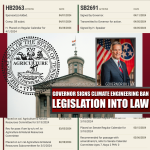
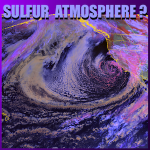
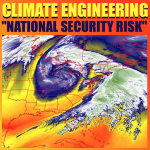
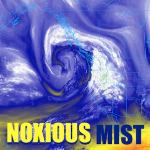



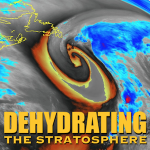
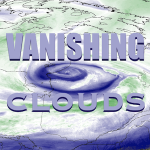














































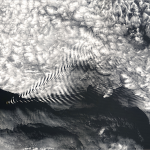






















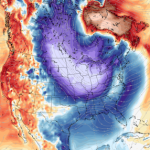









































Leave a Reply